Dwarfs
Fish Connoisseur
Max size: 3"
Origin: Goo-Obo Falls, Papua New Guinea
Minimum tank size:15g
Breeding: Provide a small cave that the pair can fit into, raise the tank temperature a few degrees, and feed well. IME, patience is needed. As with other gudgeons, the eggs must be separated from the father shortly before hatching. To replace the male's constant fanning of the eggs, place an airline tube into the cave and have the bubbles blow past the eggs (use a very gentle filter for this). Moving water around the eggs will keep fungus from overtaking most of the eggs, although fungus was still a problem for me, I would recommend lightly medicating the water. I have hatched eggs, and currently have one surviving fry and one adult pair of goos left. Unfortunately I was unable to dedicate the time and money needed to care for the eggs, so the spawns were unsuccessful.
If anyone else has had any experience breeding these (and raising them), please add it here, the more information. the better.
Feeding: Will eat foods that sink to the bottom, mainly just frozen goodies though. Pellets should be tried.
Water: Hardy fish, neutral pH, 78-80 degrees
Comments: These are pretty much dwarf Mogurndas that hang out near the bottom instead of the top begging for food. They are great little fish, and mine should color up a lot when/if they finally breed.
If you haven't heard of this fish, it's because they are fairly new to the hobby and probably won't be easily found at stores quite yet. We bought 6 for over $70 on aquabid, luckily the man sent us 10 instead
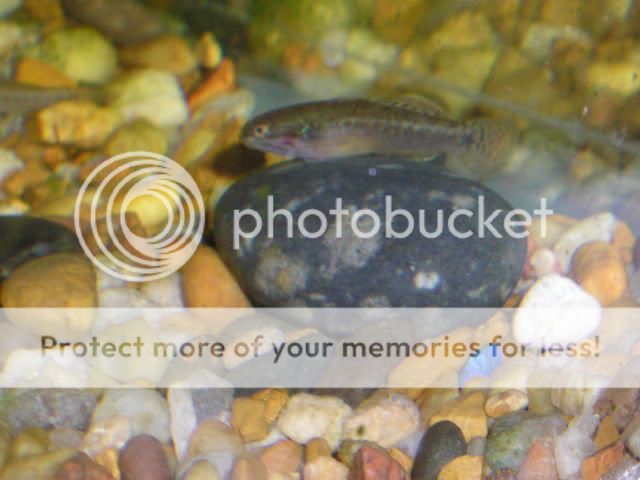

Male
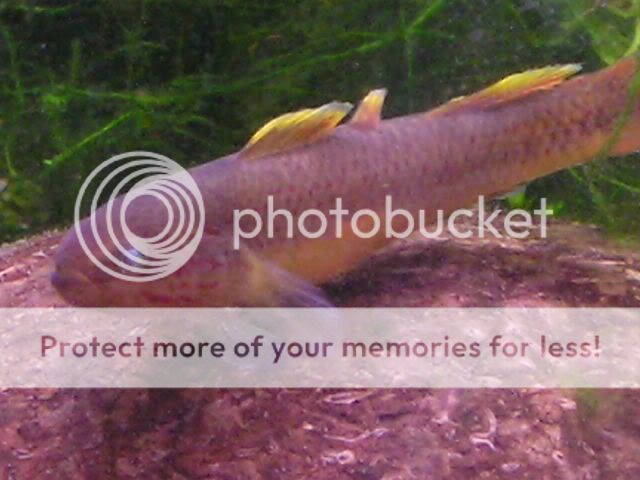
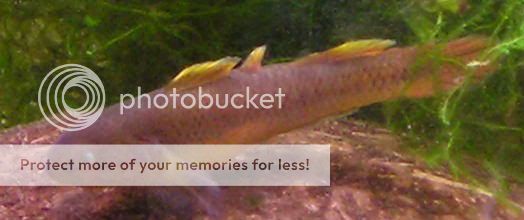
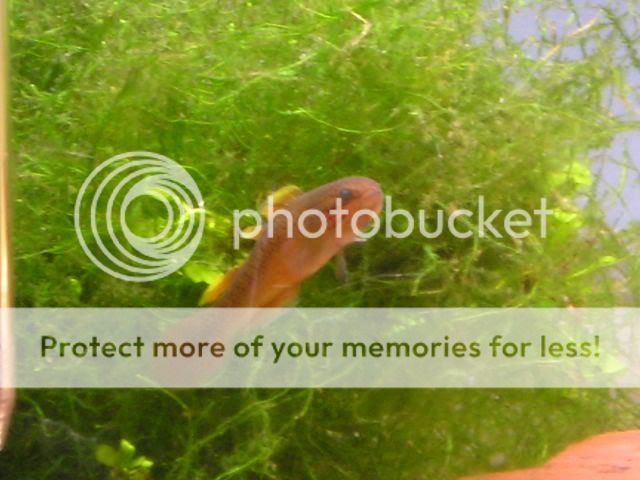
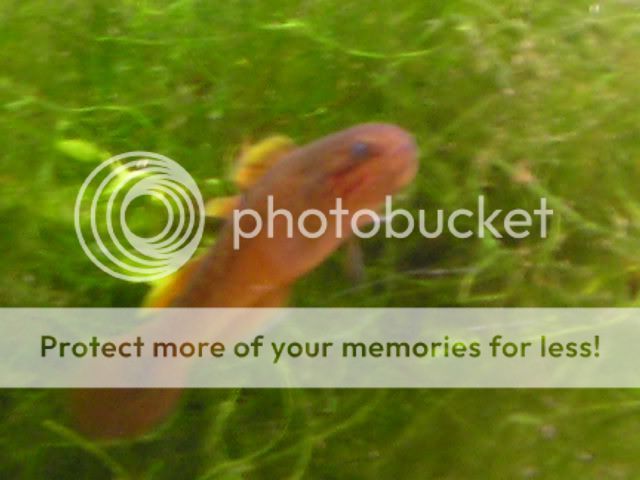
Female
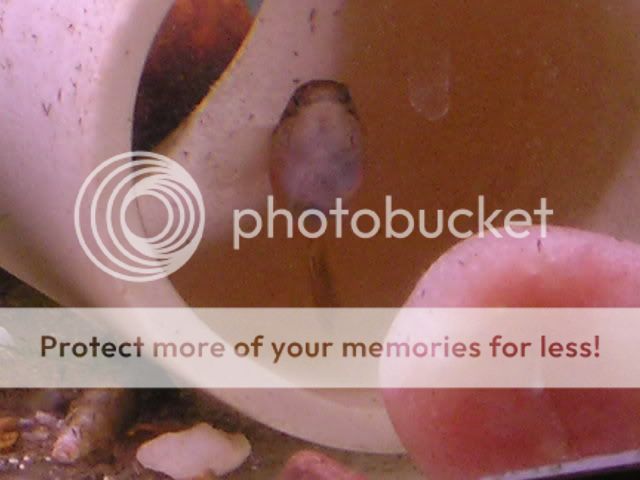
Origin: Goo-Obo Falls, Papua New Guinea
Minimum tank size:15g
Breeding: Provide a small cave that the pair can fit into, raise the tank temperature a few degrees, and feed well. IME, patience is needed. As with other gudgeons, the eggs must be separated from the father shortly before hatching. To replace the male's constant fanning of the eggs, place an airline tube into the cave and have the bubbles blow past the eggs (use a very gentle filter for this). Moving water around the eggs will keep fungus from overtaking most of the eggs, although fungus was still a problem for me, I would recommend lightly medicating the water. I have hatched eggs, and currently have one surviving fry and one adult pair of goos left. Unfortunately I was unable to dedicate the time and money needed to care for the eggs, so the spawns were unsuccessful.
If anyone else has had any experience breeding these (and raising them), please add it here, the more information. the better.
Feeding: Will eat foods that sink to the bottom, mainly just frozen goodies though. Pellets should be tried.
Water: Hardy fish, neutral pH, 78-80 degrees
Comments: These are pretty much dwarf Mogurndas that hang out near the bottom instead of the top begging for food. They are great little fish, and mine should color up a lot when/if they finally breed.
If you haven't heard of this fish, it's because they are fairly new to the hobby and probably won't be easily found at stores quite yet. We bought 6 for over $70 on aquabid, luckily the man sent us 10 instead


Male




Female

